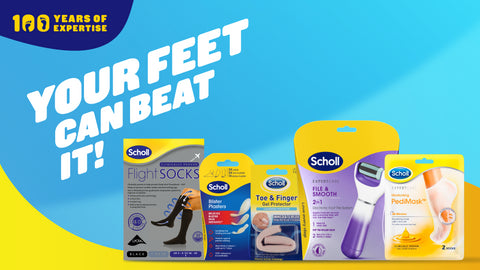
1. Q angle – A woman’s childbearing hips create a more pronounced Q angle (the angle from the hips to the knees), putting additional stress on the knees.

2. Flat feet – Women, especially pregnant women, are more prone to flat feet (feet that have little to no arch).
3. Pregnancy – Weight gain from pregnancy puts pressure on the back and feet.
1. Testosterone – Women produce less testosterone than men and it’s testosterone that builds muscle which helps support surrounding joints.
2. Estrogen – Women produce more estrogen than men. Estrogen weakens ligaments, making them more prone to injuries such as ACL (anterior cruciate ligament) tears.
3. Fluctuating hormones – Women may be at an increased risk of osteoarthritis due in part to hormone fluctuations from menstruation and menopause.Women have a long-standing history of suffering in the name of beauty. They may look fabulous, but high heels are a major cause of foot issues in women. The knees, ankles and lower back can suffer as well.
Fashionable tight, ill-fitted shoes with little arch support can also cause a number of problems.

1. Hammertoe and bunions – High heels and tightly fitted shoes compress the feet, causing hammertoe (a condition where the middle joint of the toe is crooked) as well as bunions (bony bumps at the base of the big toe).
2. Corns and calluses – Shoes that are too tight or don’t fit properly can rub against your feet, causing friction that can lead to corns and calluses.
3. Ankle sprains and fractures – High heels shift your body weight out of balance, making you more likely to twist your ankle or suffer a fall that can result in a sprain or fracture.
4. Knee and back pain – When walking in high heels, you have to arch your back because your weight is shifted forward. This can result in painful pressure on the lower back. The shift in weight also puts pressure on your knees and surrounding muscles.
Obviously women can’t control anatomical and hormonal differences that make them more susceptible to injuries but there are steps you can take to lessen the risk of problems.
1. Work with an athletic trainer – A trainer can design an injury prevention plan which includes building core and supporting muscles while practicing balancing techniques.

2. Wear practical shoes – Choose properly fitted shoes with good arch support and limit your time in high heels.
3. Use insoles and orthotics – Adding insoles or orthotics to your shoes can help reduce pain and improve stability and balance. For example:
Scholl’s InBalance® Plantar Fasciitis Pain Relief Orthotics helps relieve mild pain associated with initial stages of Plantar Fasciitis. The insole has been specifically designed by biomechanics experts to provide a 3-in-1 action to help elevate the pain associated with Plantar Fasciitis. Always read the label and follow the directions for use.
Scholl’s InBalance® Lower Back Pain Relief Orthotics are a full-length insole designed to support the position of the entire foot and prevent high pressure areas, distributing the load more evenly. The Heel Cup provides superior shock absorption (compared to no insole) to reduce stress transfer to the lower back.
Scholl’s InBalance® Arch Orthotic Insoles are a ¾ length insert which provides arch support and a metatarsal dome designed to cushion under the ball of foot area. In Balance Arch insoles provide gentle arch support to help relieve stress caused by flattening arch or being on your feet all day.
Scholl’s InBalance® Heel Orthotic Insoles are a horseshoe shape heel cup designed to cushion, absorb shock and support the relevant areas of the foot to help reduce and re-distribute forces experienced by the foot and lower body. This can alleviate and prevent mild or intermittent aches and pains in the foot and lower body of non-diagnosed pain sufferers.
Click here to view all of Scholl’s Insoles & Inserts.
Physical activity comes with risks and this is especially the case with women. However, with the right precautions, women can reduce their risk of pain and injuries and enjoy an active life.